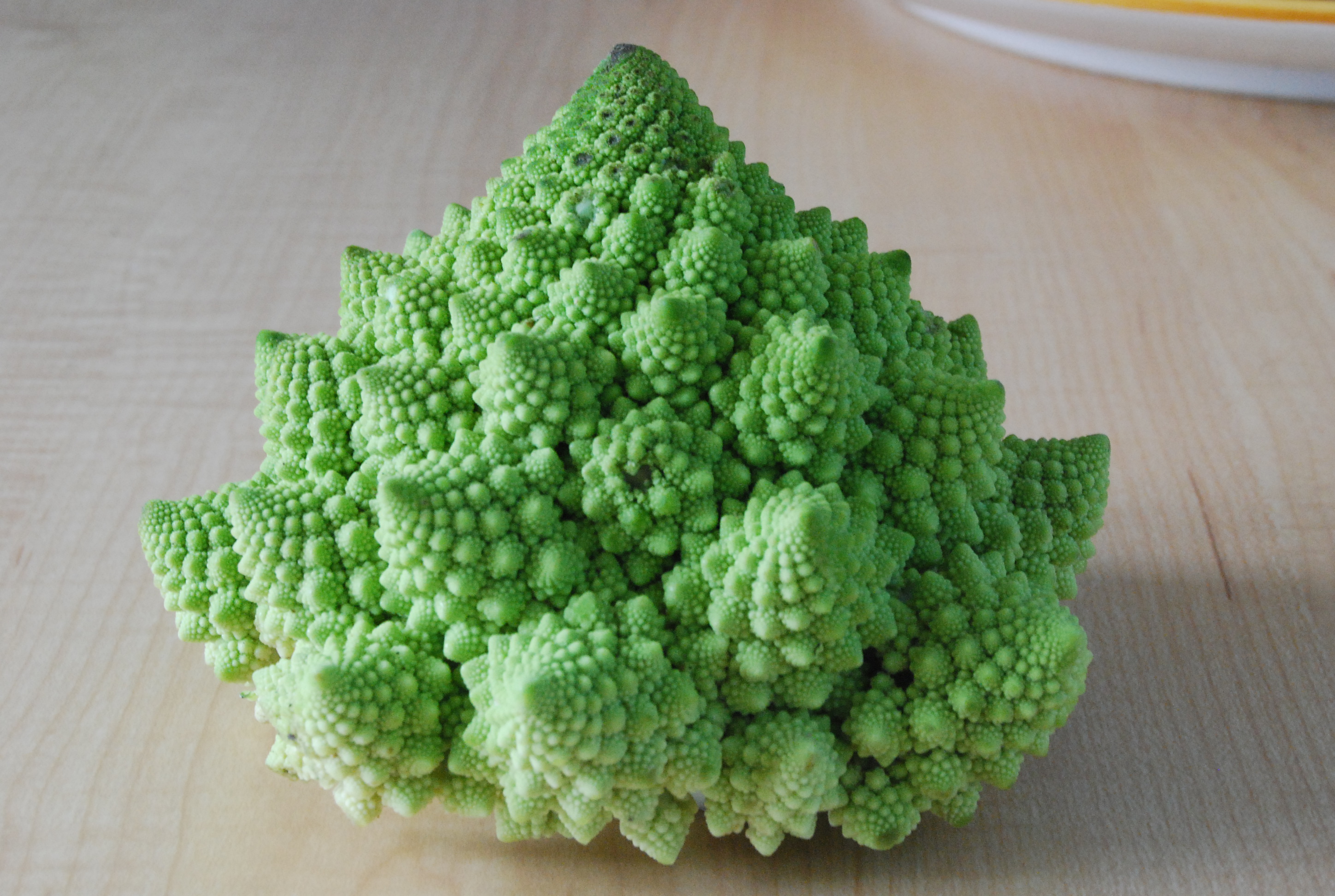Math: Fractal
Mandelbrot set
A fractal is generally "a rough or fragmented" geometric shape that can be split into parts, each of which is (at least approximately) a reduced-size copy of the whole," a property called Self similarity. It can be a simple shape or line that divides in to a smaller shapes or lines and so on. The term was coined by Benoit Mandelbrot in 1975 and was derived from the Latin fractus meaning "broken" or "fractured."
The prototypical example for a fractal is the length of a coastline measured with different length rulers. The shorter the ruler, the longer the length measured, a paradox known as the Coastline Paradox. The mathamatics behind fractals began to take shape in the 17th century when mathematician and philosopher Leibniz considered recursive self-similarity (although he made the mistake of thinking that only the straight line was self-similar in this sense).
Fractals can occur in nature too. some examples are: Snow flakes, mountain ranges, crystals, lighting, cauliflower, broccoli, blood vessels, Pulmonary vessels, trees, ferns, and coastlines may be loosely considered fractal in nature.

Romanesco broccoli shows natural fractals
Sources: Wikipedia
Wolfram MathWorld
Fractals can occur in nature too. some examples are: Snow flakes, mountain ranges, crystals, lighting, cauliflower, broccoli, blood vessels, Pulmonary vessels, trees, ferns, and coastlines may be loosely considered fractal in nature.
Romanesco broccoli shows natural fractals
Sources: Wikipedia
Wolfram MathWorld






0 comments:
Post a Comment